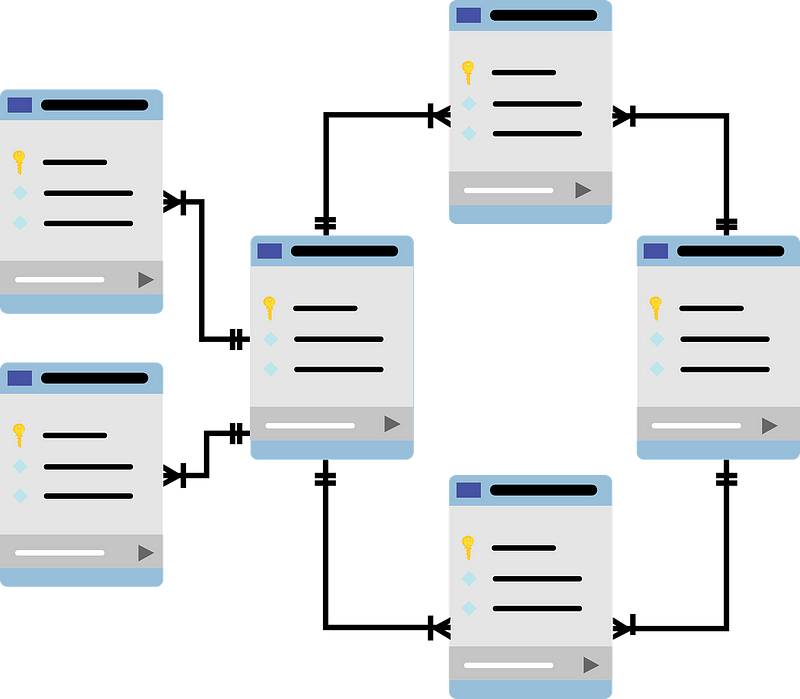Ecommerce websites require a lot of space and bandwidth. Their size grows quickly and they can also experience high traffic due to sales, holidays or promotions.
Server requirements for ecommerce should include a guaranteed uptime to ensure the website stays online even in case of hardware failure or a traffic surge. Redundancy and scalability are also essential.
Web Server
A web server is a hardware and software system that is responsible for hosting websites and facilitating the exchange of data between users. A web server is essential for ecommerce websites as they provide the backbone for online transactions and customer interactions. It also ensures website security and performance optimization by storing and configuring data.
When a web user wants to access a site’s content, their browser sends an HTTP request to the web server. The web server then searches through its files and sends the requested data to the browser. If it can’t find the requested information, it will send an error message, such as “404 Page Not Found.”
A domain name is another important requirement for an ecommerce site. A custom domain name is easy to remember and reflects your brand, making it easier for customers to find your website. It is also a must-have to protect your eCommerce site from hackers and improve SEO.
A fast web server is crucial for a retail site, as it speeds up page load time and improves user experience. In addition, a well-optimized web server can reduce network latency and increase throughput, which increases the number of people who can use the website simultaneously. Lastly, a good web server will have features such as browser caching and object cache to help your website run faster and more efficiently.
Web Tools
In addition to server requirements, an eCommerce website must contain the right functional and non-functional (NFR) software to ensure that it delivers optimal user experience and is able to scale as the business grows. These requirements form the basis of larger instructions that are issued to a development agency at the beginning of the project, so it is crucial that they be weighed against the overall goals and objectives of the business.
For example, a fashion website will require a tool that allows customers to select product attributes like size and color; a travel website may need a chatbot that can answer customer questions and increase sales; luxury goods and jewelry websites need zooming functionality on product detail pages (PDP). Other functional requirements include the ability to set up email marketing and integrate payment gateways and logistics services.
Non-functional software requirements are also important, as they will impact how the ecommerce platform is used and the overall site structure. For example, the ability to set up different admin roles for security purposes will help limit who can view, create, copy, and edit information on the system. Similarly, a requirement to enable SSL certificates will instill trust in your customers and improve the user experience.
Lastly, it is important to ensure that the ecommerce system is easy to maintain. This will save you a lot of time and money down the road, so it is worth investing in the right tools from the start.
Databases
The database of an ecommerce website is a vital component. It provides structure for vast amounts of shop data and makes it easier to use. It also helps to improve user experience and search engine optimisation (SEO). A well-designed database structure can significantly improve the navigation of an online store, which in turn boosts sales and customer satisfaction.
There are many different database systems, including MySQL, Oracle, MongoDB, and more. You should choose the one that meets your scalability and performance requirements. Some are better for certain types of applications, so it’s important to research each option thoroughly. Then, choose a solution that will be easy to adapt as your business grows.
A well-designed database can also help your ecommerce site to rank higher on Google. The search engine giant places a lot of importance on effective UX and site organisation, so by making it easy for its bots to navigate your site you’ll see improved SEO results.
Non-functional requirements can be a little more complicated than functional ones, and are often specific to your company’s needs. However, it’s essential to identify these requirements in advance to ensure that the website you build will be a success. This includes ensuring that the website can handle a high volume of traffic, and implementing an effective security system. This is especially critical when dealing with monetary transactions and sensitive customer data.
Security
As ecommerce customers are voluntarily sharing their personal information with the ecommerce websites, it is the responsibility of these sites to make sure that the data remains secure and is not misused. For this, the ecommerce websites need to have stringent security measures in place. These include a Web Application Firewall (WAF), Content Delivery Network, and the like.
When choosing a hosting provider for an eCommerce website, look for one that offers basic security features such as DDoS attacks, firewalls, and secured facilities. Additionally, a host should offer two-factor authentication (2FA) for users to protect the data from hacking attempts and other malware.
Moreover, a host should be able to provide an automatic backup solution for the website for easy recovery from unforeseen events such as cybersecurity breaches, database errors and even data loss. The backup process should be done on a separate server to eliminate any performance disruption during the process.
Furthermore, an ecommerce website should have the capability to scale at any time when there is a sudden surge in traffic. This would allow the site to remain functional and prevent any downtime or lost sales. For this, the hosting service should offer a cloud-based infrastructure that provides flexible scalability and cost-effectiveness. It should also support HTTPS for a more secure connection between the customer’s browser and the website.










